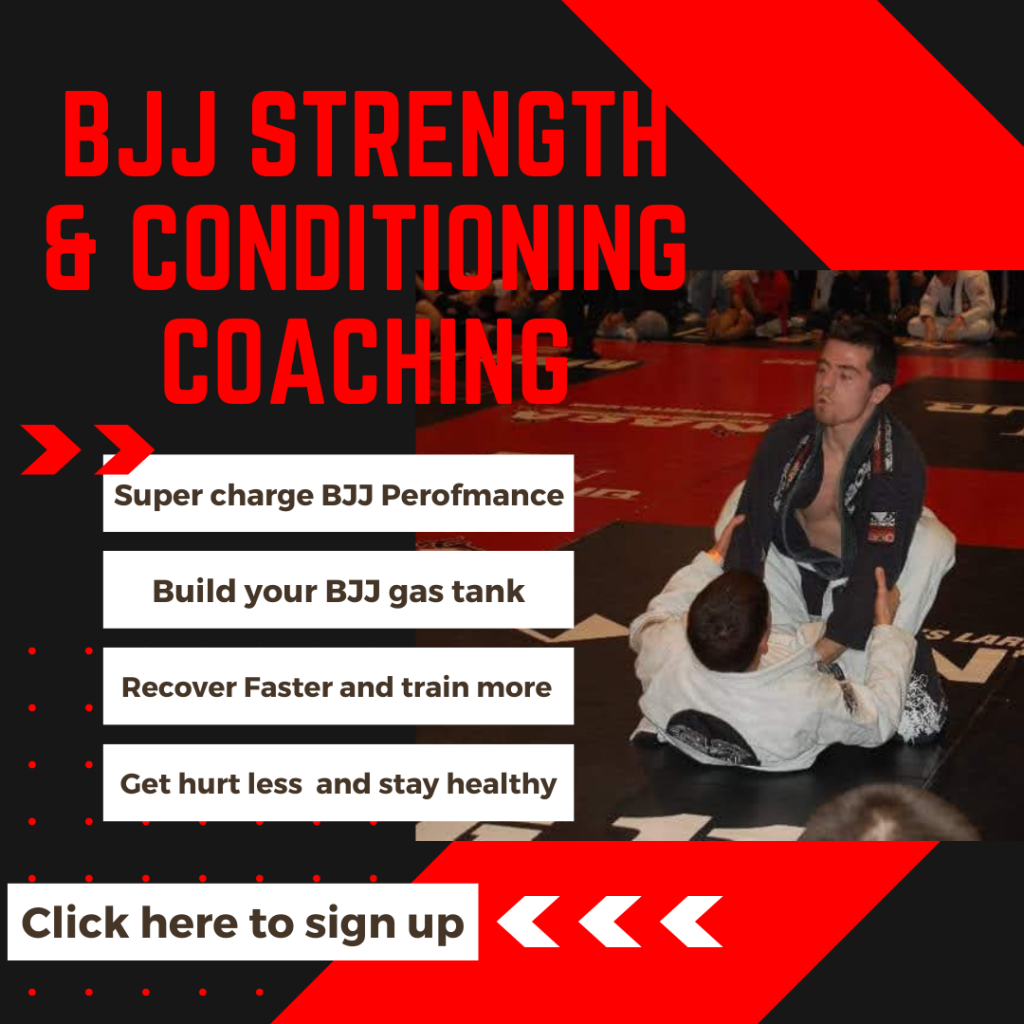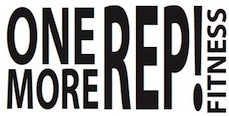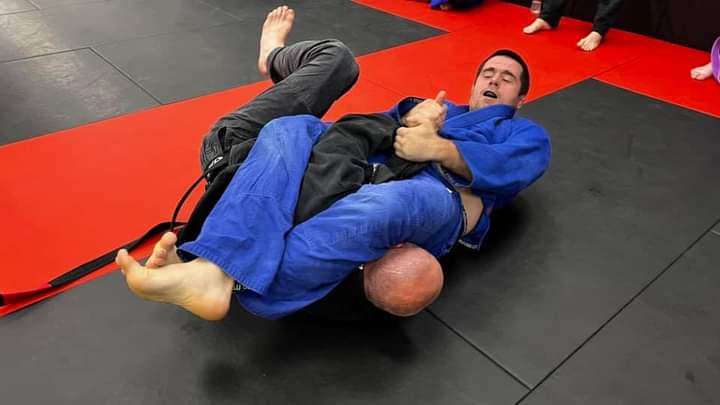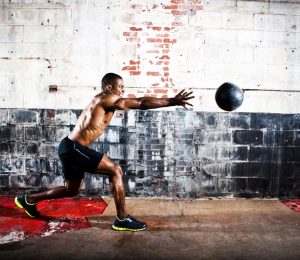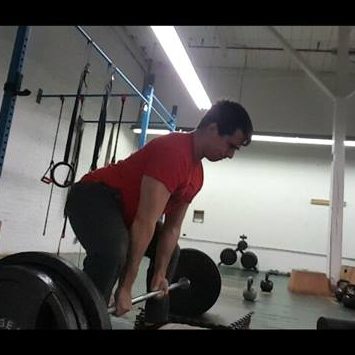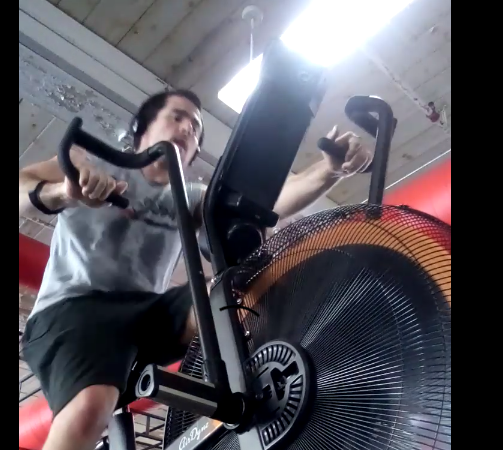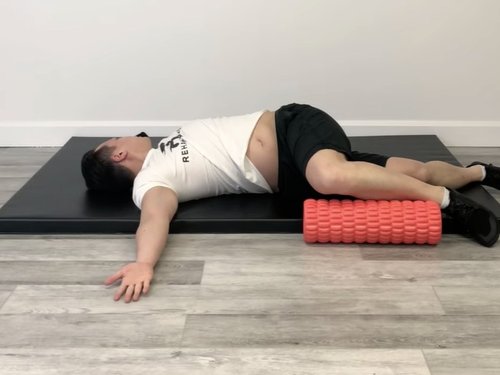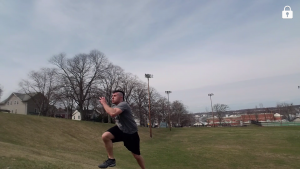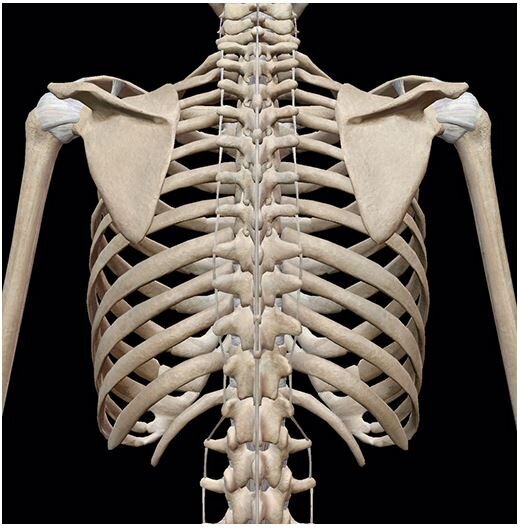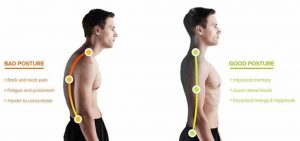November 28, 2023
BJJ Strength & Conditioning Mistakes
Hi ! Bobby here. I want to talk about the biggest BJJ Strength & Conditioning Mistakes, I have noticed.
As BJJ has grown in popularity, so has the number of coaches specializing in training athletes for BJJ.
Some things I see are great and other things have me scratching my head.
Long before I started training 6 days a week of BJJ. I spent my adult life, training and conditioning my body.
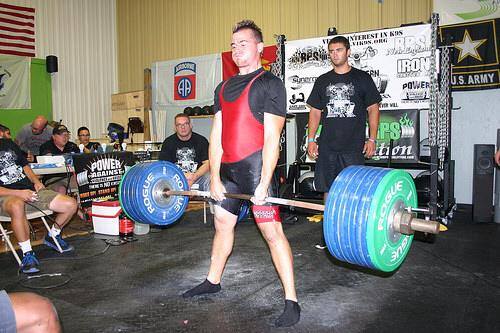
Not for anything specific but for general strength, muscle building, and endurance.
So, when I really got into BJJ, I had some advantages.
- Strong foundation of fitness and I seemed to pick up things rather quickly.
- Great endurance, never needing rounds off, and feeling 100% recovered in between most rounds at the gym.
- Could train 4-6x a week without much soreness.
As I got into it, I wanted to focus my training on BJJ-specific training.. I tried programs more BJJ specific.
But, these qualities, I just spoke off, seemed to get worse for me.
I realized BJJ is just like any other sport football, basketball , baseball etc.
The biggest benefit you will see……
Lies in your GPP (General Physical Preparedness). And if you have a base level, you’re going to perform well.
Actually, going to specific too much, ends up being overkill and may be ruining your performance .
Next, I’m going to talk bout GPP and how we can develop it.
BJJ Strength & Conditioning Mistakes
GPP Base
GPP is about laying the foundation of physical abilities, so you can perform at a high level.
We want to build a solid base of strength, endurance, mobility, and resiliency.
By doing this we can develop athletic ability, better recovery, and become resilient to injuries.
So we can train at a higher level for years to come.
As you see in this triangle, below. It is the foundation.
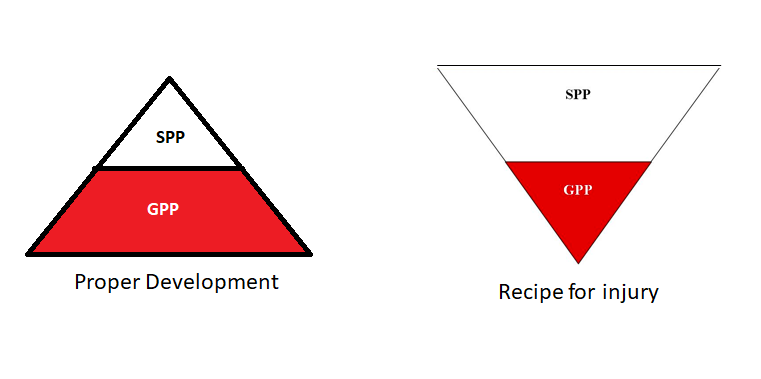
Without it, developing specific BJJ skills and staying in this sport.
Will be difficult.
It’s important that we start training, where we are and build the base from there.
What is important to work on with GPP are
- Learn or improve movement quality
- Get strong with the foundation movement patterns
- Build core strength
- Build aerobic fitness
- Address any mobility issues, that are detrimental to your ability to move properly
Start with exercises that you can do efficiently and keep the overall volume (sets and reps) low. Then build up from there.
This will help you get the most out of your training.
Next, I’ll talk about how specific drills you see online can be gimmicky and when to actually use specific training for BJJ
Specialty Exercise Gimmicks
Now I don’t want to say all these special exercises you see on places like Instagram and you tube are dumb.
But, a good amount of them might be overkill. And can be your biggest BJJ Strength & Conditioning Mistakes.
The exercises that are good, are advanced, meaning you really have no business doing them unless you have a high-level GPP.
Take a popular one, I have seen:the GI pull-up. Doing chin-ups or pull ups with your gi.
In theory, it seems like a good idea. But, anyone who has done GI for a while.
Knows how much gi training can mess up your fingers. This exercise will make it worse.
Since your finger and grip will get burned out way before your back and biceps do.
It really isn’t a great exercise.
There are certain exercises I see and tend to like.
These aren’t so much exercises mimicking BJJ, but exercises that address weak points.
A good example is Copenhagen side plank, a great specific exercise to strengthen the groin and the core.
Since your groin gets used often in BJJ, groin pulls are common in the sport.
This is a decent one. But, this is an advanced exercise and unless you have a solid base of strength, you’re not going to do it properly.
Again GPP comes first and should make up the bulk of your training
Defining Your Weakness

Strength and conditioning not just for BJJ, but for anything should be about turning your weakness.
Making them a strength, while maintaining the other qualities.
It is not about mimicking your sport in the gym.
First, you have to determine what your sport requires
For BJJ we need
Strength– We need to be strong enough so that are techniques are easier to pull off and we don’t get winded because we are so weak.
We also want to build strength and stability around our weakest joints. The joints that are constantly attacked and get hurt the most like the: shoulders, neck, knee and lower back
Conditioning – We need a mixture of both aerobic cardio(slow and steady ) and anaerobic cardio(explosive and fast but shorter induration). Aerobic is going to have more upsides. Most of BJJ is using a slower methodical pace. This is mostly the aerobic system. Your aerobic system also is in charge of your body’s ability to recover. So, from that standpoint aerobic training should be prioritized first over anaerobic training
Power Build power so you can dominate the scrambles and take down game. As well as be able to react quickly to the opportunities you see
Mobility You need to be able to have decent movements and mobility to pull off certain moves. Without mobility this might narrow the moves you can do. Plus, being too tight is going to make it all too easy to get banged up and hurt on the mats
I hope this helps you know why, it is important to build basic strength and conditioning principles. Doing so will help your performance on the mat as well as your longevity in the sport.

